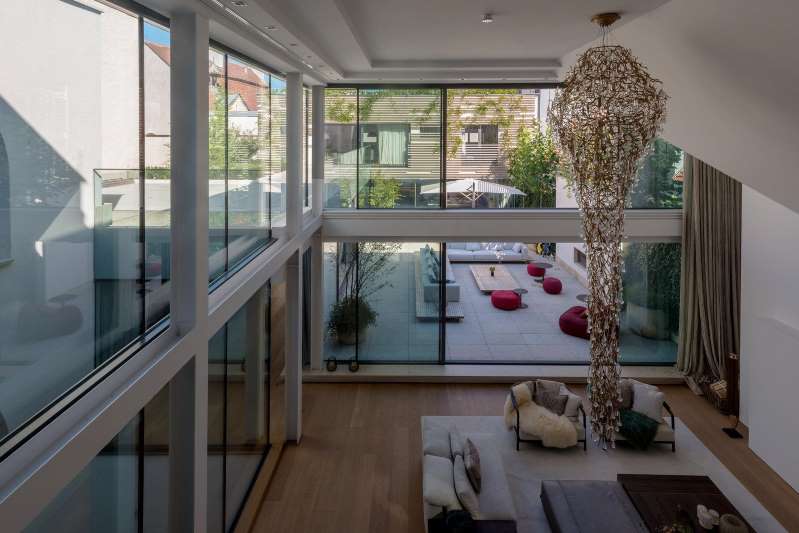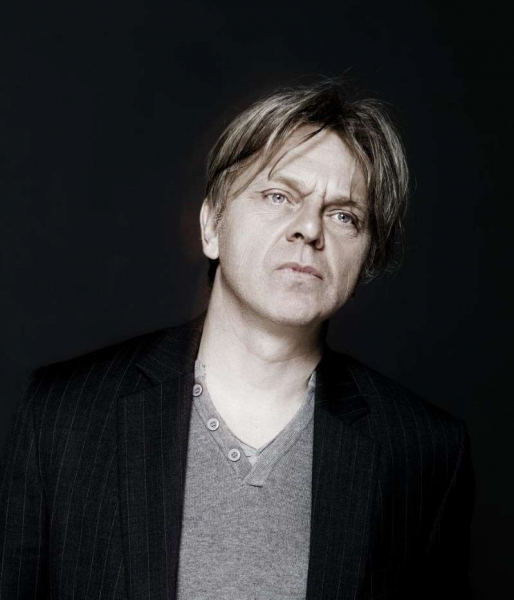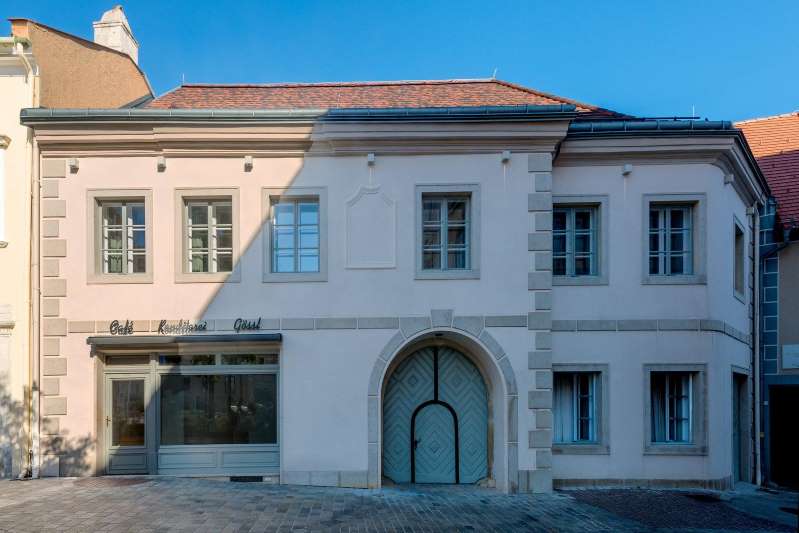Star architect Johannes Baar-Baarenfels on the appeal of remodeling and real sustainability.

KURIER: Your project “House for a petroleum engineer” recently won the European Property Award. How did the idea of the atrium house come about?
Johannes Baar-Baarenfels: The idea of reinterpreting the courtyard building also arose from the client's experience with living in Arab countries. This forgotten typology, which was widespread throughout Europe, shows clear advantages over the “modern” single-family home.
For example?
The atrium construction allows density, creates urban spaces and still offers a maximum of privacy, visually and acoustically. In addition, a dense construction also brings savings from an economic and ecological point of view. In contrast to the individual object, I have no radiation surfaces and therefore automatic thermal protection. After all, sustainability doesn't just mean cladding a building with full thermal insulation in order to generate lower heating costs, but also thinking beyond that: What do we learn from the old structures?
Can you turn any old house into an energy house of today's standards. So also low energy and passive houses?
It is always possible. It is only important to pay attention to the conditions. Of course, I can't insulate an old, charming facade on the outside, then it would be dead. There are interior insulation systems for this, which are more expensive, but then necessary. In principle everything is possible.

What is the attraction of working on something that already exists and is old and creating something new from it?
In principle, the new building is of course more exciting for an architect. Because you want to express yourself holistically. Same for me. In the course of my career, however, I had the chance to rebuild the Rasumofsky Palace. And this challenge got a lot going. We have dealt with monument protection. The ambition was to remove the non-authentic parts of the post-war period and replace them authentically in accordance with the true principles of monument protection. That doesn't mean imitating history. That would be a falsification and would amount to a Disney World interpretation. Instead, bringing old things into a positive relationship with the highest quality that today's world offers. This means that the importance of this historic building has been preserved for the next two hundred years. In 2013 we received the World Architecture Festival Award in Singapore for the renovation.
What is the price: is renovation comparable to new construction?
Converting the old building can be almost as expensive, renovating it could be cheaper if the condition allows it. But then you don't move that much either. The real renovation, where the substance is concerned, you can definitely count on the new building price. But of course there are restrictions and is also more tedious. You have to weigh up: Does the object have a cultural, personal or architectural value?

The baroque house hides a modern converted atrium.
What is the approach – do you have an idea and are looking for the right property or vice versa?
You can see it here in the office. We do not exhibit any of our work. I want to rethink every project in a fresh, free and new way. So to speak, almost with a naive curiosity. With all the knowledge that accumulates, but without repetition. We get involved with the place, with the wishes, events, the clients. Like a parametric bundle that you pick up and make something out of. That is why a project is always created on site.
How is the pandemic affecting architecture?
Covid-19 held up a mirror to society. Limited to building, you can see how hollow some propagated trends are. Smallest residential units on the one hand, maximizing on the other, everything is now radically called into question. When we're locked up at home, cramped living space isn't enough. This has disastrous effects.
What are your most important values when planning? Or the engine with which you go to work?
Most important to me is that you create a value that justifies what you have destroyed. If the work has meaning, then rebuilding is justified. Building is to be seen culturally and as a social aspect. The danger is often: we all want a view of the beautiful city. But is what you put there yourself worth looking at? I think we owe this balance to the next generations.

